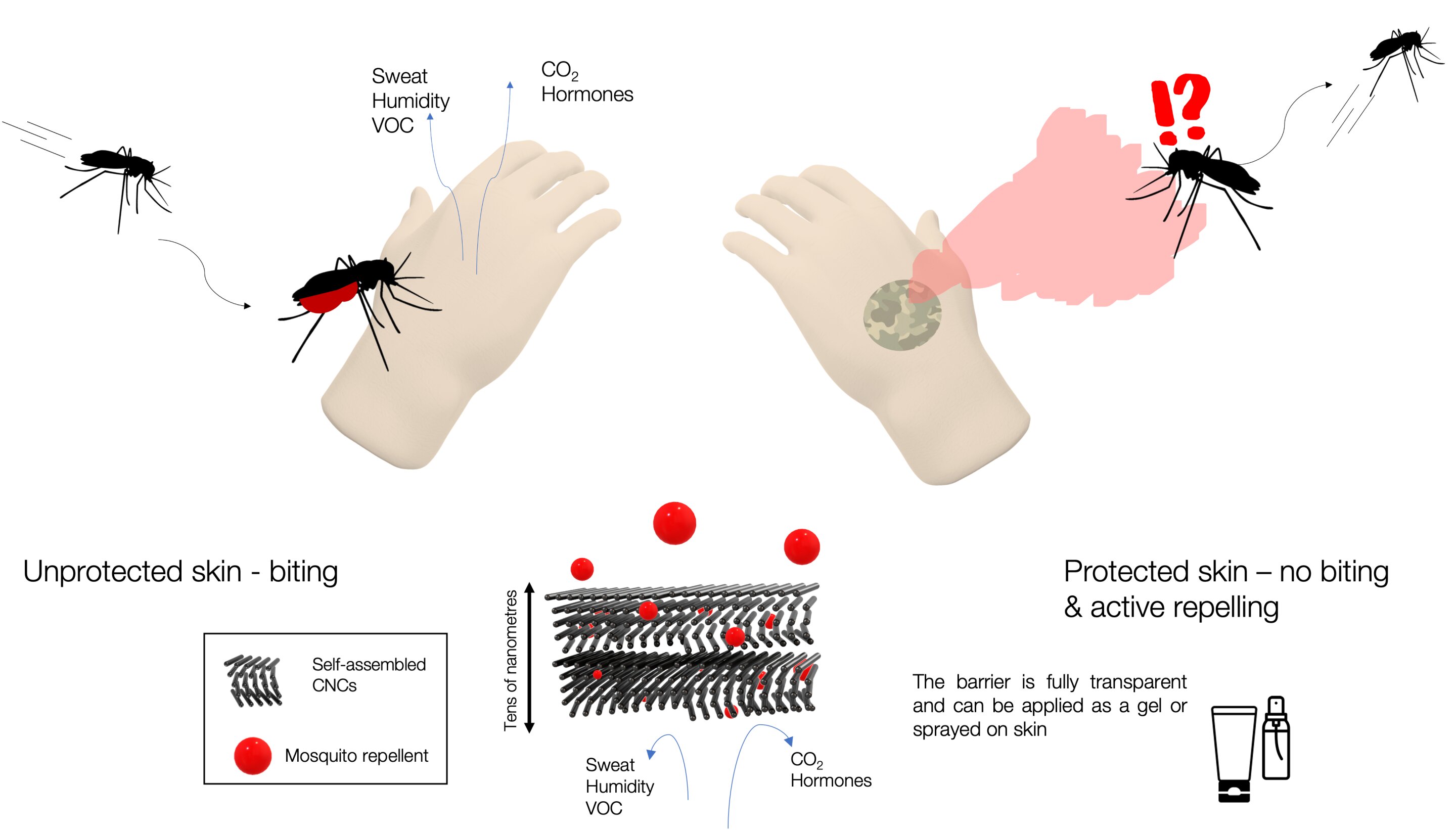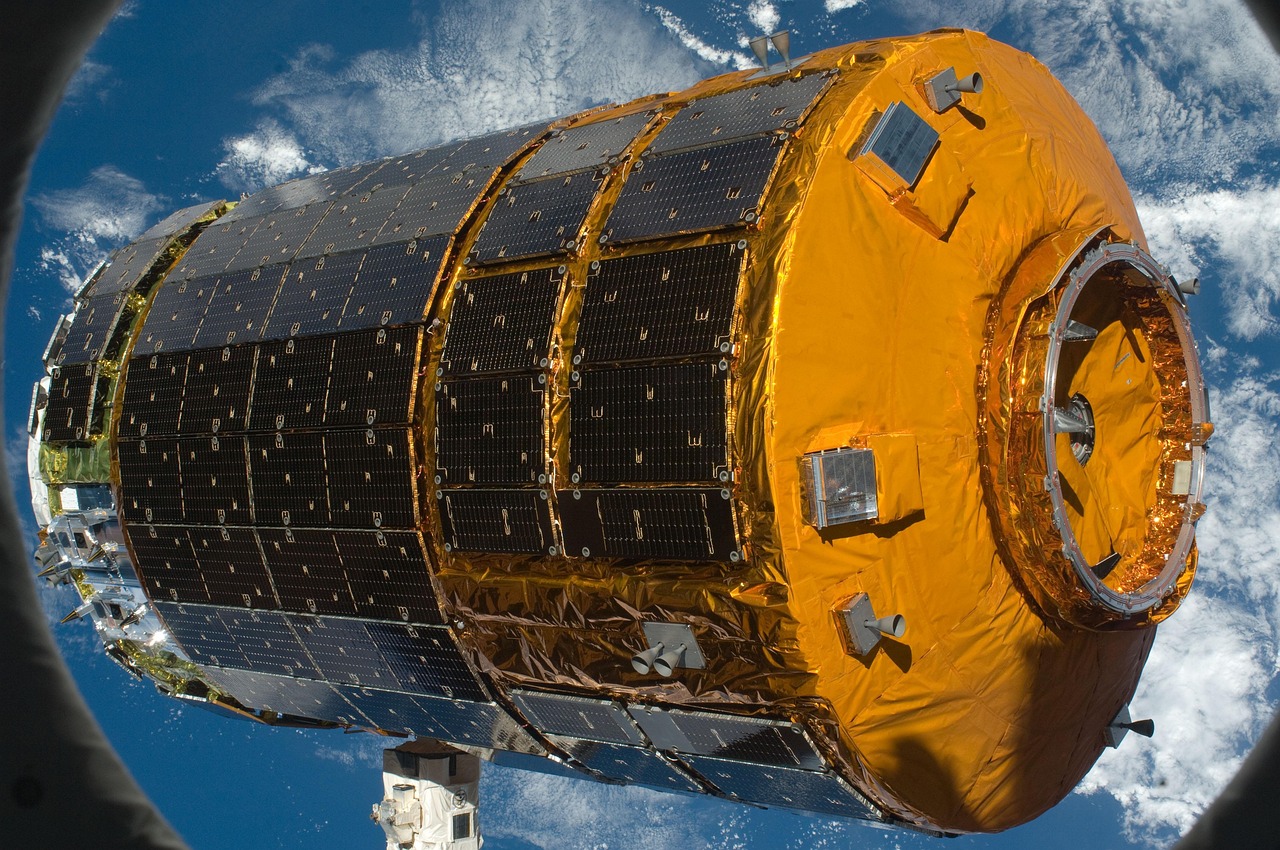According to wind industry experts, siting wind farms has recently moved from an art to a science. It used to be that wind farm placement was left up to manual techniques for settling on the most productive layout and location. But as more and better tools have become available, wind farm design and location can be optimized using data, computers, and simulations.
According to the World Wind Energy Association (WWEA), finding the proper wind farm site is a juggling act in which many variables need to be balanced so that the end product, a wind power project, can be successful and profitable. The following are the general criteria according to WWEA:
Location
- Grid connection: The proximity of a wind farm to the electrical grid is critical in ensuring efficient transfer of energy. As farms grow larger and larger, connections can become more complicated, increasing the cost, which in some cases might be prohibitive.
- Wind resources: Wind farms require good exposure to prevailing winds. While prevailing winds in a particular direction may be suitable, experience has shown that if the surrounding wind patterns are weaker, the value of the prevailing winds under consideration is less. An ideal placement would be on a hill with smooth slopes of around 17° gradient. Steeper slopes do not provide substantial additional wind flow.
- Building permits: Wind farms should be located away from habitation or recreational areas because of the noise and flickering shadows that have caused problems in the past. Turbines sometimes interfere with electromagnetic telecommunications and TV signals, so if these signals cross a potential site, another location should be chosen.
- Access: Sites are best built in locations where reasonably quick access to roads and simple terrain ensures no additional capital cost for the project.
- Land Availability: The recent availability of Geographic Information Systems (GIS) technology is now allowing wind farm designers and planners to enter wind atlases, electric grid maps, roads, environmental designations and other criteria into software so that optimal sites are identified quickly and pragmatically.
Wind Farm Layout Design
Today wind farms are designed using professional software customized for wind farm design so that iteration and optimization using available parameters and variables is easy.
According to the WWEA, once a site has been identified using the procedure above, the following considerations are analyzed:
- Maximum installed capacity, taking into account the grid connection and the Power Purchase Agreement with the local utility
- Site boundaries
- Appropriate setbacks from roads, dwellings, overhead lines, and ownership boundaries
- Environmental issues and constraints
- Location of noise & shadow flicker that might affect nearby dwellings
- Minimum turbine spacings as recommended by the turbine supplier
- Communications signals constraints
- Local regulations limiting turbine type
Anemometry
Through the use of Laser Doppler Anemometry (LDA) or Laser Doppler Velocimetry (LDV), it is possible to record 1D, 2D, and 3D point measurement of velocity and turbulence of wind on a potential wind farm site. There are many companies offering these services today, with cutting-edge technology and experience gleaned from the exploding wind energy industry.
For more information contact Wolfgang Schlez or Andrew Tindal at Garrad Hassan and Partners Ltd.






